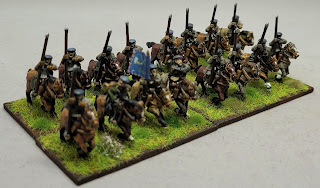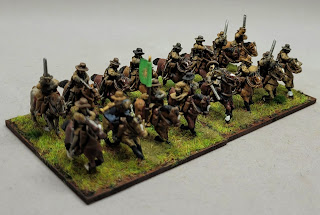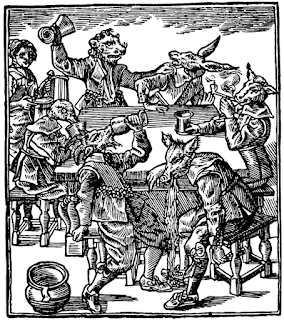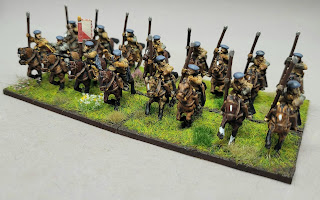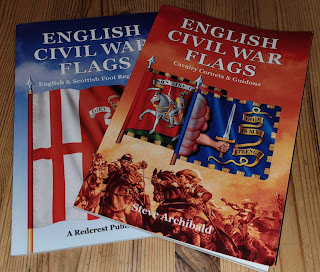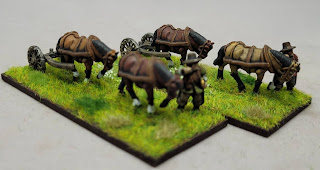Siege Engineers (again)

Regular readers (hello all seven of you), will hopefully have seen my previous post about siege engineers and will be familiar with the artefacts in museums across the country, and my attempt at creating some figures. As PP still do not make a pack of siege engineers, and not being 100% happy with my previous attempts, I decided to have another go. First off an easy conversion, to remind me how to use greenstuff. Top tips: Patience. When mixing greenstuff twist rather than knead the two parts together. Let it go 'off' slightly before trying to work with it. Build stuff up in layers. A little and often is better than a lot all in one go. More patience. Trim out and discard the little bit in the middle of the strip where the two colours have been in contact with one another. If you are remotely happy with what you have done, stop! Don't do anymore. You can add to it once it is dry. Keep wetting your tools (but not too much). If you have never used...


